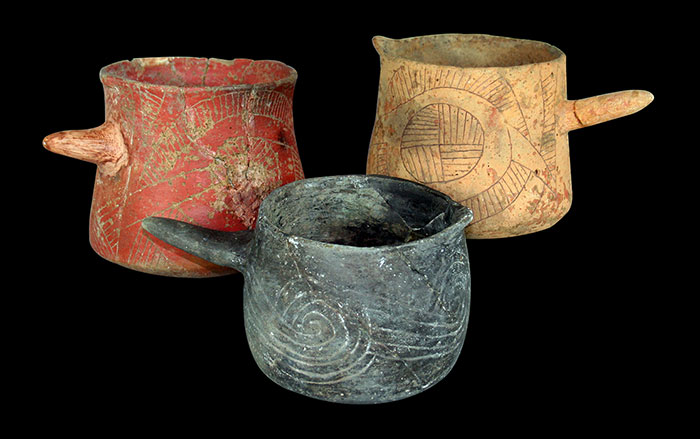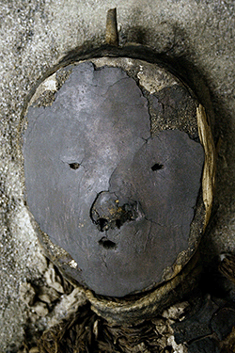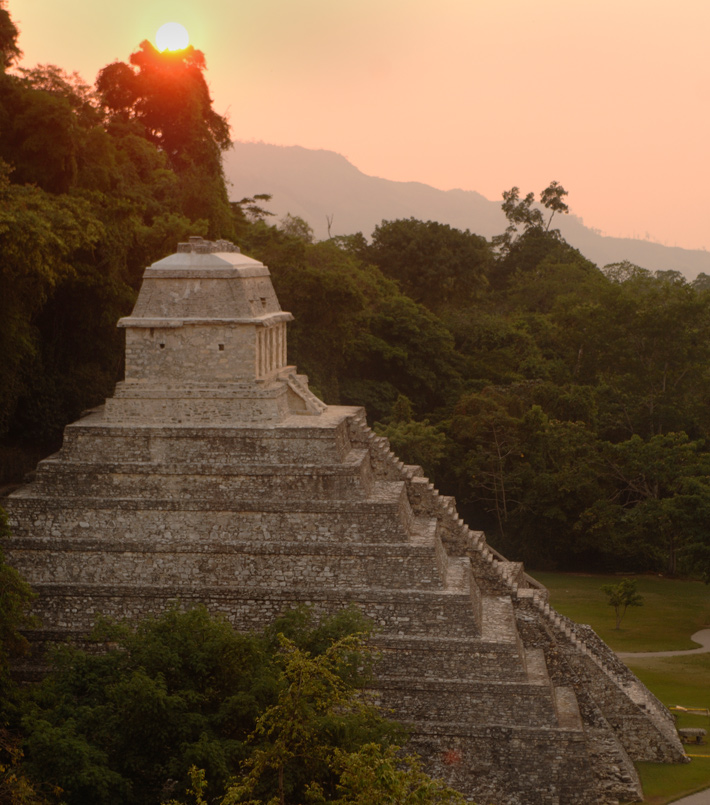WOLLONGONG, AUSTRALIA—Forensic scientist Susan Hayes of the University of Wollongong has constructed a “facial approximation” for a 30-year-old female “Hobbit,” based upon the 18,000-year-old remains that were recovered from Liang Bua Cave on the Indonesian island of Flores in 2003. “She’s taken me a bit longer than I’d anticipated, has caused more than a few headaches along the way, but I’m pleased with both the methodological development and the final results,” she said. The controversial fossils were named Homo floresiensis, followed by vigorous debates over whether or not the three-foot-tall adults signified a separate species of early humans. In 2007, Matthew Tocheri of the National Museum of Natural History found that Homo floresiensis wrist bones match those of non-human apes. And in 2009, Dean Falk of Florida State University wrote,” It’s not just that their brains are small; they’re differently shaped. It’s its own species.”
What the Hobbit Might Have Looked Like
News December 12, 2012
Recommended Articles
Artifacts July/August 2025
Maya Ceramic Figurine

Off the Grid July/August 2025
Vichama, Peru

Digs & Discoveries July/August 2025
Bound for Heaven

Digs & Discoveries July/August 2025
Saints Alive

-
Features November/December 2012
Zeugma After the Flood
New excavations continue to tell the story of an ancient city at the crossroads between east and west
 (Hasan Yelken/Images & Stories)
(Hasan Yelken/Images & Stories) -
Letter from India November/December 2012
Living Heritage at Risk
Searching for a new approach to development, tourism, and local needs at the grand medieval city of Hampi
 (Gethin Chamberlain)
(Gethin Chamberlain) -
Artifacts November/December 2012
Beaker Vessels
Ceramic beakers were the vessels of choice for the so-called “Black Drink” used at Cahokia by Native Americans in their purification rituals
 (Linda Alexander, photographer, use with permission of the Illinois State Archaeological Society)
(Linda Alexander, photographer, use with permission of the Illinois State Archaeological Society) -
Digs & Discoveries November/December 2012
The Desert and the Dead
 (Courtesy Bernardo Arriaza)
(Courtesy Bernardo Arriaza)


